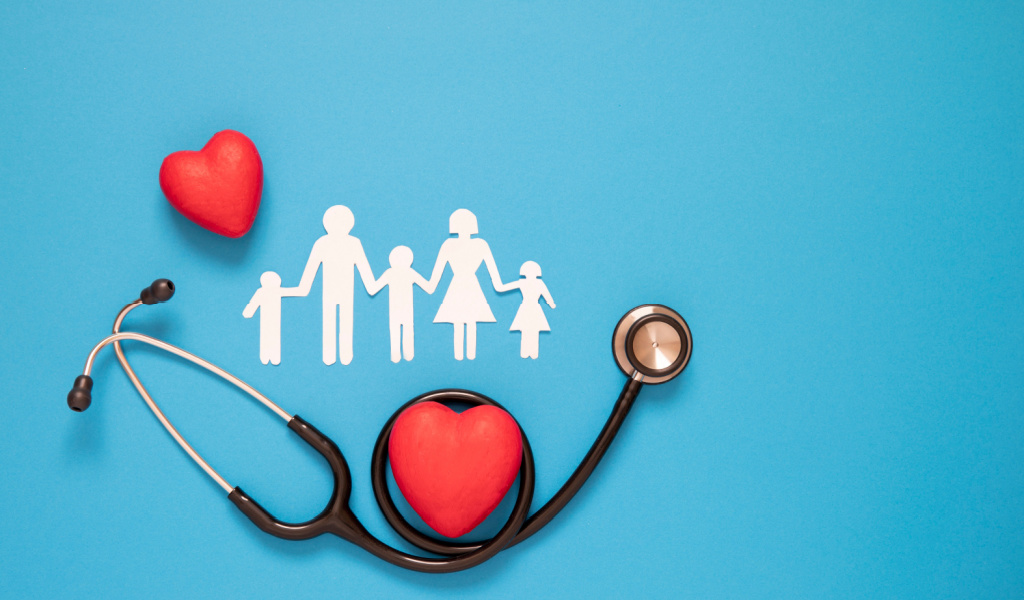Due to the rising cost of healthcare and new regulations, employers who offer health insurance are having a difficult time controlling costs. Although they want to provide high-quality health plans, keeping the cost of these plans affordable is difficult. ?Many employees do not understand the true cost of healthcare and do not have the incentive to help keep costs down. Because of this, many employers are shifting some of the responsibility and risk of healthcare to their employees. This is where consumer-driven health plans come into play.

Consumer-driven health plans, also known as CDHPs, are healthcare plans that give consumers more control over where and how their health care dollars are spent. They usually consist of three parts. The first element of a consumer-driven health plan is a high deductible. It provides financial security in the event of a serious illness, while preventative care services are usually provided at low costs. The second element is a health fund where employees and employers can contribute. The insured can use the funds for healthcare services before the deductible is met. Lastly, consumer-driven health plans provide informational tools to help the insured make better healthcare choices.

Although consumer-driven health plans are structured differently than traditional health plans, they essentially work the same. The insured must satisfy their deductible. In order to satisfy the deductible, the insured pays a negotiated price for each medical service until they hit the designated amount. The insured can also use the funds in their healthcare account to help pay for services until the deductible is reached. Once the deductible is satisfied, the insurance company and the insured will share a portion of the cost of covered medical services. The insured and the insurance company will continue to share the costs of medical services until he or she hits the out-of-pocket maximum. Once the insured has reached the out-of-pocket maximum, the plan will pay all the costs of medical services for the remainder of the year.
Although consumer-driven health plans are new medical plans, many employers are choosing to offer these plans to their employees. They allow employers to still provide quality healthcare plans but at a fraction of the cost. They also help get employees involved in their healthcare and take responsibility for their health. No matter what opinion people may have about them, it looks like consumer-driven health plans are here to stay.?



